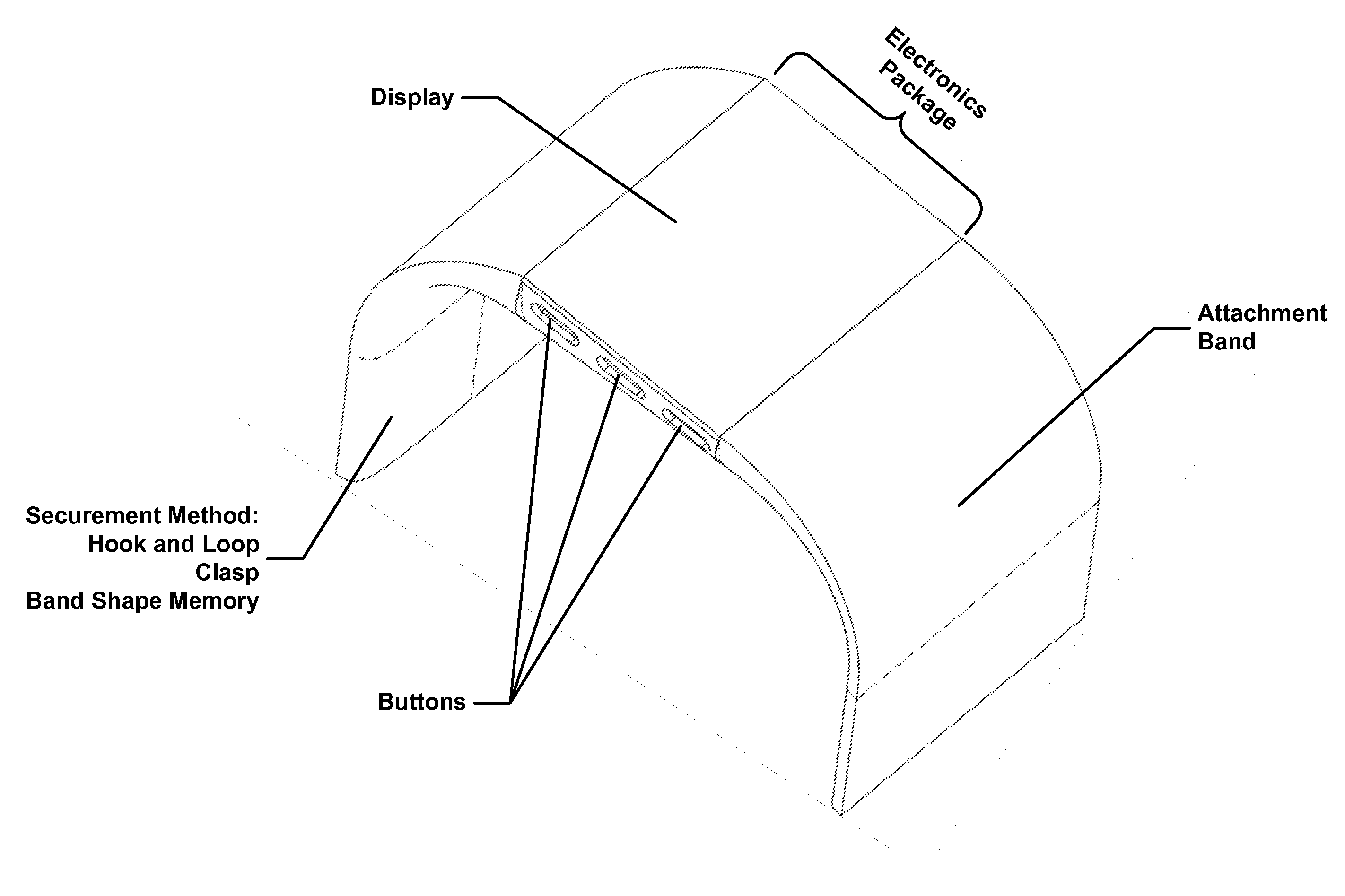Invention for Gps accuracy refinement using external sensors

Invented by Subramaniam Venkatraman, Heiko Gernot Albert Panther, Shelten Gee Jao Yuen, Fitbit LLC
GPS, or Global Positioning System, is a satellite-based navigation system that provides location and timing information anywhere on Earth. While GPS technology has revolutionized the way we navigate and track objects, it is not without its limitations. Factors such as signal interference, atmospheric conditions, and physical obstructions can affect the accuracy of GPS readings.
To overcome these limitations, many companies and researchers have developed external sensors that can be used in conjunction with GPS to refine its accuracy. These sensors, which can include accelerometers, gyroscopes, magnetometers, and barometers, provide additional data that can be used to improve the positioning accuracy of GPS.
One of the key applications of GPS accuracy refinement using external sensors is in the transportation industry. Accurate GPS data is crucial for autonomous vehicles, as they rely on precise positioning information to navigate safely and efficiently. By integrating external sensors, such as inertial measurement units (IMUs), with GPS, autonomous vehicles can obtain more accurate and reliable positioning data, reducing the risk of accidents and improving overall performance.
In the agriculture sector, GPS accuracy refinement using external sensors has also gained traction. Farmers use GPS technology to guide their machinery during planting, spraying, and harvesting operations. However, variations in GPS accuracy can lead to inefficiencies and yield losses. By incorporating external sensors, such as soil moisture sensors or weather stations, farmers can enhance the accuracy of their GPS systems, allowing for more precise application of fertilizers, pesticides, and irrigation.
Furthermore, the use of external sensors for GPS accuracy refinement is also prevalent in the field of surveying and mapping. Surveyors rely on accurate GPS data to create precise maps and measure distances. By integrating external sensors, such as tilt sensors or inclinometers, with GPS receivers, surveyors can compensate for variations in terrain and obtain more accurate measurements.
The market for GPS accuracy refinement using external sensors is expected to continue growing in the coming years. As industries become more reliant on precise positioning data, the demand for solutions that can enhance GPS accuracy will increase. Additionally, advancements in sensor technology, such as miniaturization and improved accuracy, will further drive the adoption of external sensors for GPS refinement.
However, challenges still exist in the widespread adoption of external sensors for GPS accuracy refinement. Cost, compatibility, and integration issues can hinder the implementation of these solutions. Additionally, the need for standardization and interoperability among different sensor types and GPS receivers is crucial to ensure seamless integration and optimal performance.
In conclusion, the market for GPS accuracy refinement using external sensors is a rapidly growing industry. The demand for precise and reliable GPS data in various sectors has driven the development and adoption of external sensors that can enhance GPS accuracy. As technology continues to advance, the integration of external sensors with GPS systems will play a crucial role in improving navigation, efficiency, and safety across industries.

The Fitbit LLC invention works as follows
Herein, “Biometric Monitoring Devices, including various technologies which may be implemented in these devices, are discussed. Also, methods for improving GPS speed and distance measurement based on the step counts of a biometric device are described. Such techniques may, in some implementations, involve blending two independently-measured data streams of raw distance traveled?one based on inter-coordinate GPS coordinate distances and one based on step count and stride length?using a Kalman filter to provide an enhanced-accuracy measurement of distance or speed traveled. Other implementations smooth distances or speed calculated using inter-coordinate GPS distances with a smoothing coefficient that is proportional the variance of measured step count.

Background for Gps accuracy refinement using external sensors
BRIEF DESCRIPTION DES DRAWINGS
Physiological Sensors
Motion Artifact Suppression in Heart Rate Sensors
Ambient light and skin color
Heart Rate Estimate Improvement Using Heuristics
HR Quality Metric
Sedentary, sleep, and active classified metrics
Sleep Monitoring
Sensor-based Standby Mode
Optical Sensor(s)

PPG DC Offset Removal Techniques
Circuits to Perform PPG
Biometric Feedback
Environmental Sensors
Sensors Integration/Signal Processing
Processing Task Delegation”.
Integration Systems in a Biometric Monitor Device
Methods for Wearing the Device”.
Alarms
Wireless Connectivity and Data Transmission

Charge and Data Transmission

Click here to view the patent on Google Patents.


